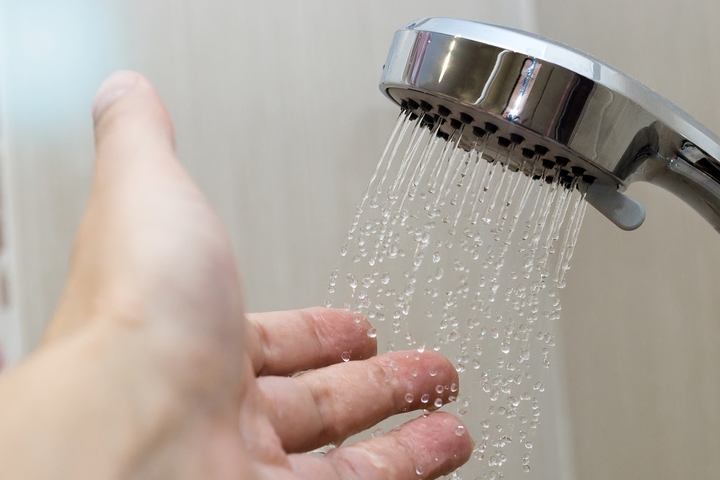Taking a shower is great, except when you have to deal with low pressure. If the hot water is dribbling instead of flowing, it’s normal to get frustrated.
But you don’t have to endure this unpleasant situation for too long! Of course, you could try taking showers during off-peak hours, in hopes that the water pressure will increase if your neighbours are not all taking showers at the same time.
But if you are wondering how to increase water pressure in your shower, you can call a plumber, or you can try to figure out what the problem is, and to fix it on your own.
Let’s look at different ways on how to increase water pressure in shower:
1. Avoid taking showers while your washing machine is running
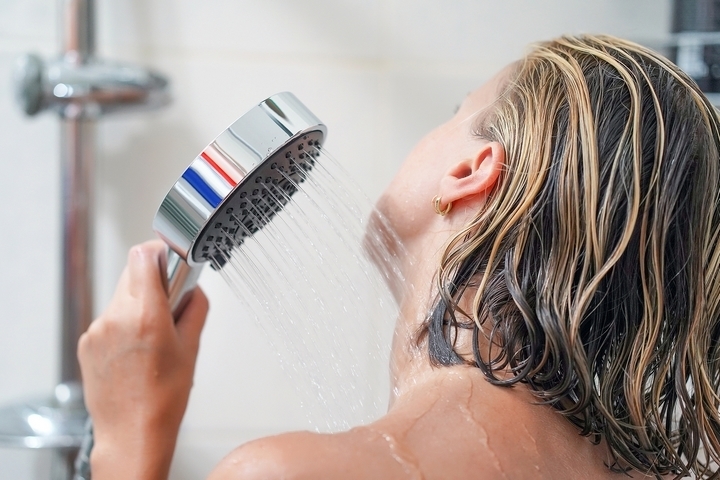
Are you often taking a shower while your washing machine or your dishwasher are running? This could be the reason why you are experiencing low water pressure.
If the water pressure in your home is already not that high, running appliances while you shower will probably make things worse. The solution to this problem is simply to not put too much demand on your water supply.
Next time you want to take a shower, make sure you wait until your appliances have stopped running. The water pressure should increase.
2. Take a look at your main shut-off valve
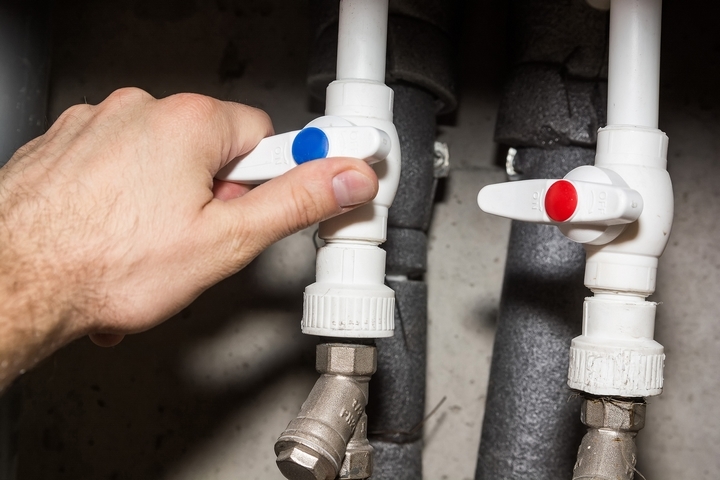
Did a plumber visit your home lately, or have you tried to perform some plumbing maintenance tasks on your own? If so, you should take a look at your main shut-off valve. Plumbers often need to shut it off when they work, and they can forget to open it before they leave. Or they can leave it partially closed.
To increase water pressure in the shower, make sure the shut-off valve is fully open. Then, check your shower water pressure again. If the problem was caused by a partially closed valve, it should be solved.
3. Check if the shower head needs to be cleaned
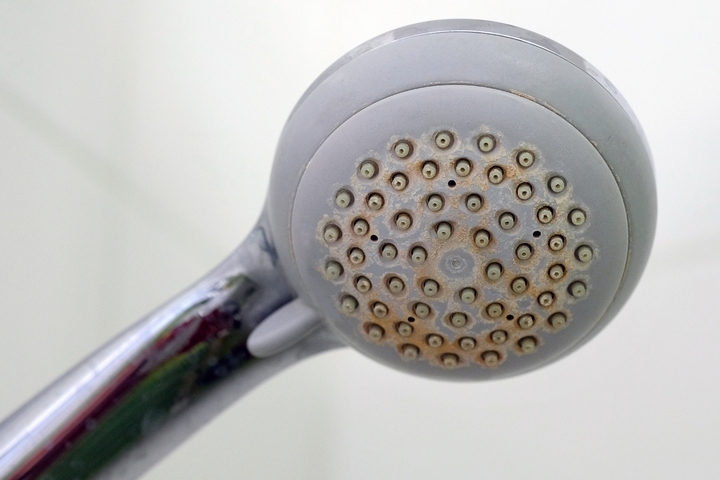
Your low water pressure could simply be caused by a mineral build-up inside your shower head. Over time, sediments carried by the flowing water can accumulate inside the shower head, and block its tiny holes.
To check if your shower head needs to be cleaned, simply unscrew it and look inside. If it’s dirty, you can clean it by putting it inside a bowl full of white vinegar, and letting it soak for a few hours.
Alternatively, you can let it soak inside a bowl filled with hot water, with some liquid soap.
You might need to use a toothbrush or a pin to clear the sediments blocking the holes before screwing the shower head back in place.
4. Verify if the shower head has a flow restrictor
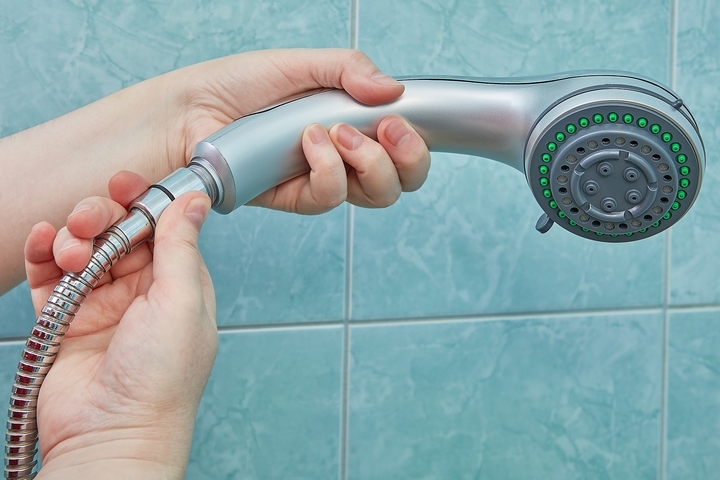
If the inside of your shower head is clean, the pressure problem could be caused by a flow restrictor. Flow restrictors are devices that are inside many shower heads. They are designed to help us save water, as well as reduce our water bills.
But if your home has less than ideal water pressure, a flow restrictor could leave you with not enough pressure to take a proper shower.
If you notice a flow restrictor, or if you are not sure, check the user manual that came with your shower head. If there is a flow restrictor, it will show you how to remove it.
5. Consider buying a shower head that can boost water pressure
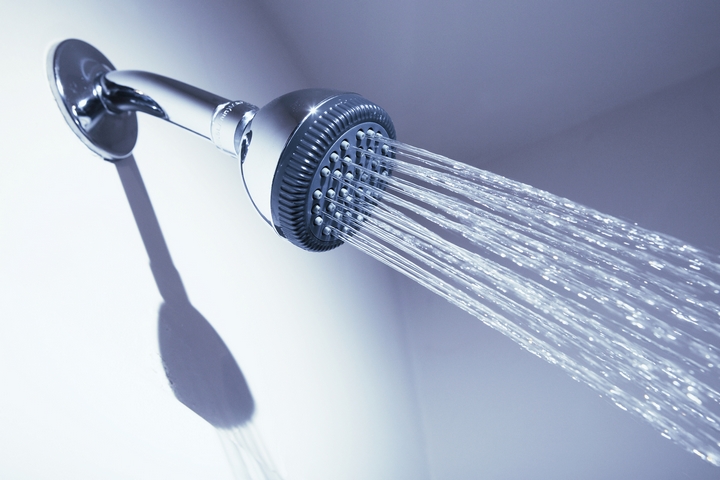
Some shower heads are designed specifically to boost water pressure. If all faucets in your home have low pressure, and you know your main shut-off valve is fully open, a pressure amplifying shower head could solve your shower problem.
Some models are very affordable, and could give you enough water pressure to allow you to enjoy taking showers again.
6. Check if everything is alright with your water heater
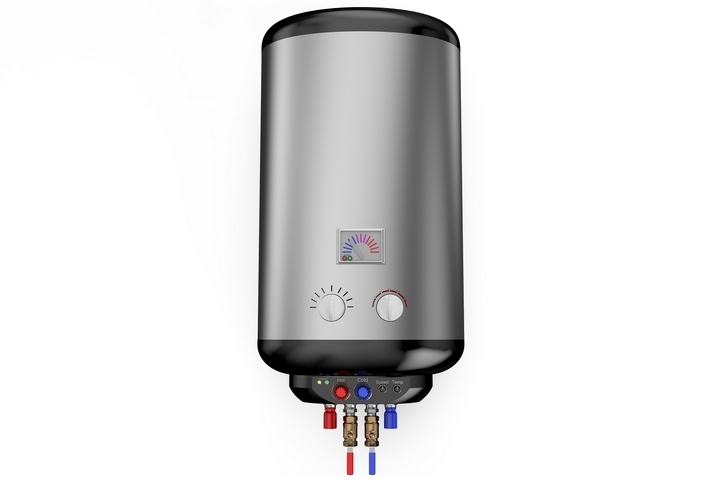
Did you notice that you have normal pressure when you use cold water, but low pressure when you want hot water? It could be a sign that the problem is related to your water heater.
If your water heater was recently installed or repaired, for example, maybe its shut-off valve is not fully open.
If the valve is not closed or partially closed, and your water heater is old, you should consider flushing it. Just like shower heads, water heater tanks and pipes can get clogged by sediments over time. Draining the tank is then the best way to clean it, and to restore normal hot water pressure.
7. Get some help from a plumber
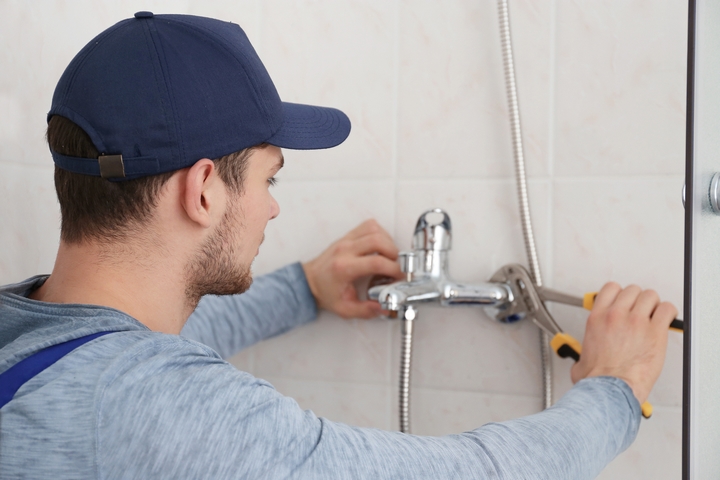
If you don’t know how to flush a water heater, it’s best to get some help from a plumber. But you should also consider calling a professional if you have tried anything on this list, and did not manage to solve your problem.
Maybe the low water pressure is caused by a leaking pipe hidden in your walls, or perhaps you need to get a shower pump. A plumber will help you assess the situation and solve your water pressure problem once and for all.

